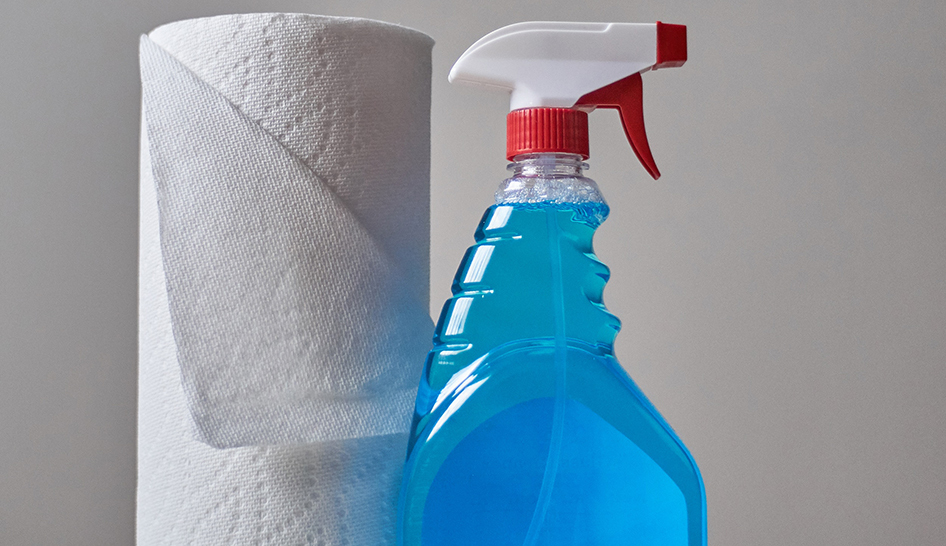New exercise trends are important to the success of health clubs, and perhaps the best example is group X. Vibrant and social, group X and small group training (SGT) have become important for retention and increasing non-dues revenue, but they don’t come without complications. And one problem you likely didn’t anticipate is the increased spread of germs and viruses in your club.
Think about it: Usually when members are done using cardio machines, resistance machines, or free weights and benches, they wipe down the equipment with towels or disinfectant wipes. Maybe you even have cleaning staff who is diligent and makes sure equipment is as sanitized as possible.
Now think about SGT classes. These high-intensity sessions are usually divided up into modules, where small groups take turns using equipment, then immediately move on to the next exercise modality. They have to keep their heart rate elevated and their feet moving. They don’t have time to wipe equipment clean.
It’s unavoidable. These group exercisers are sharing more than a thrilling workout experience. They’re sharing their germs as well.
It’s an ongoing issue for high-traffic facilities. No matter how fastidious your cleaning regimen is, you can’t completely eliminate the problem of harmful microbes spreading in your club. And, according to research, it’s potentially serious.

